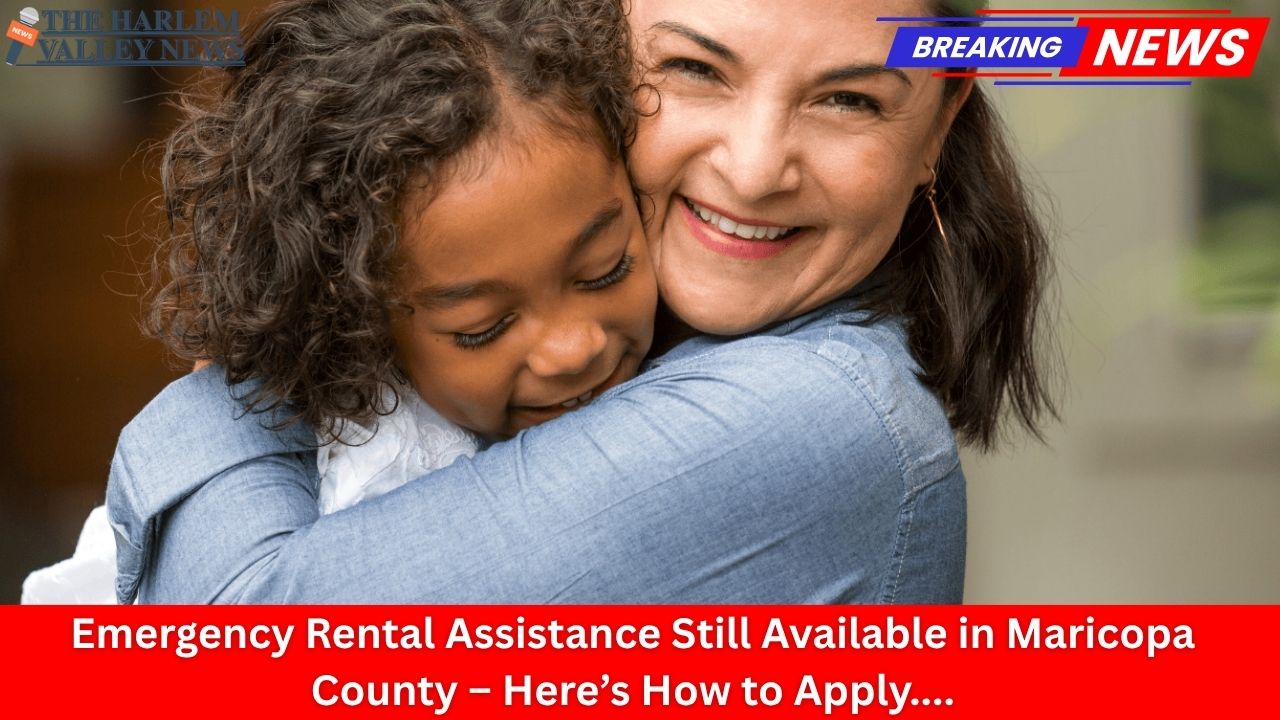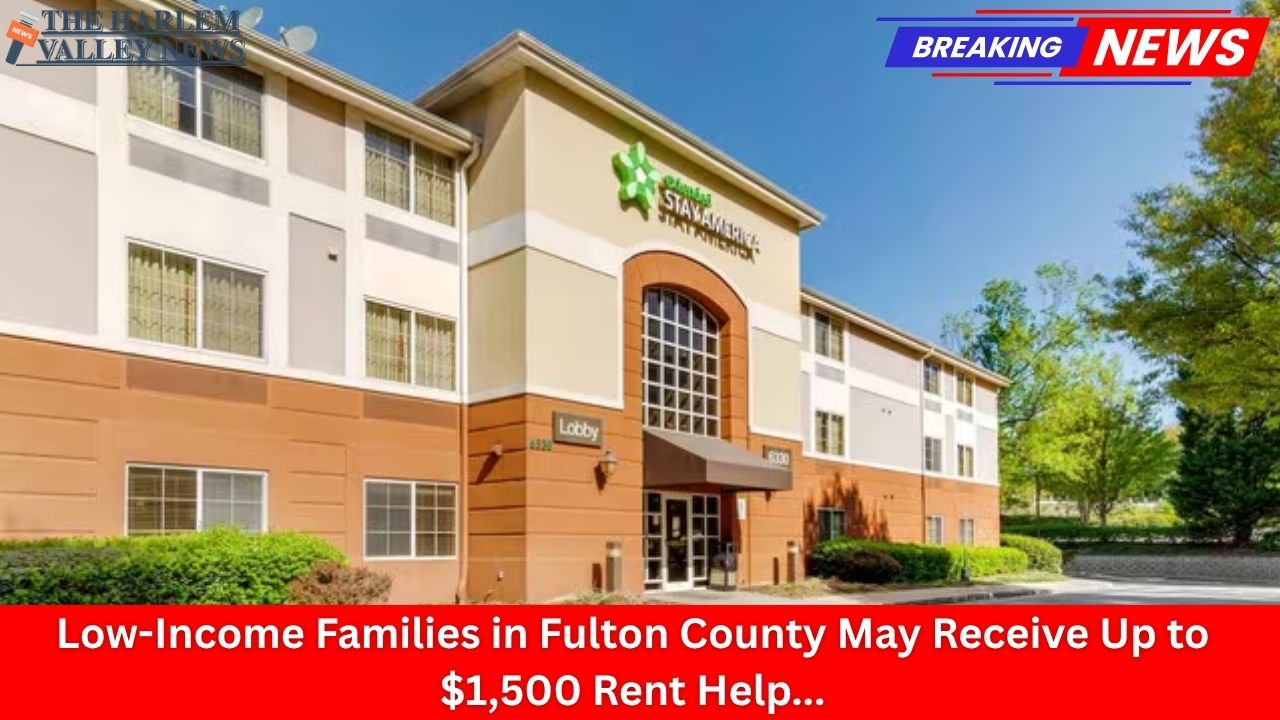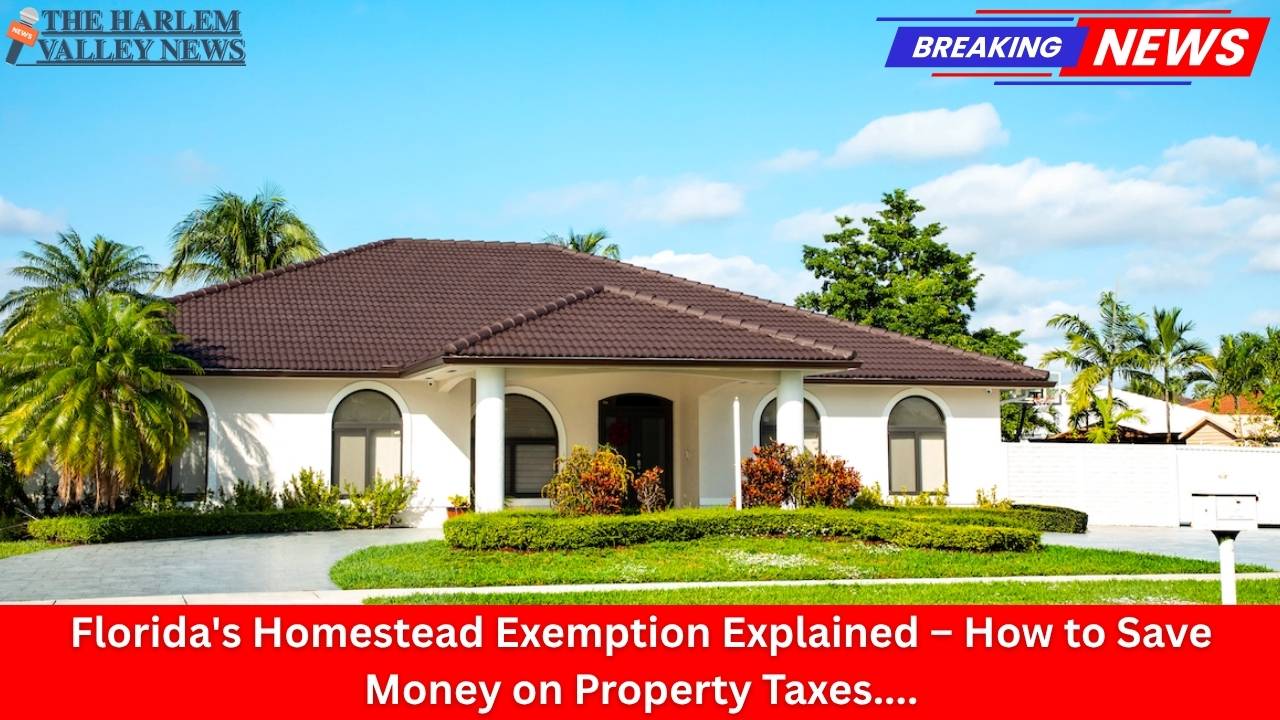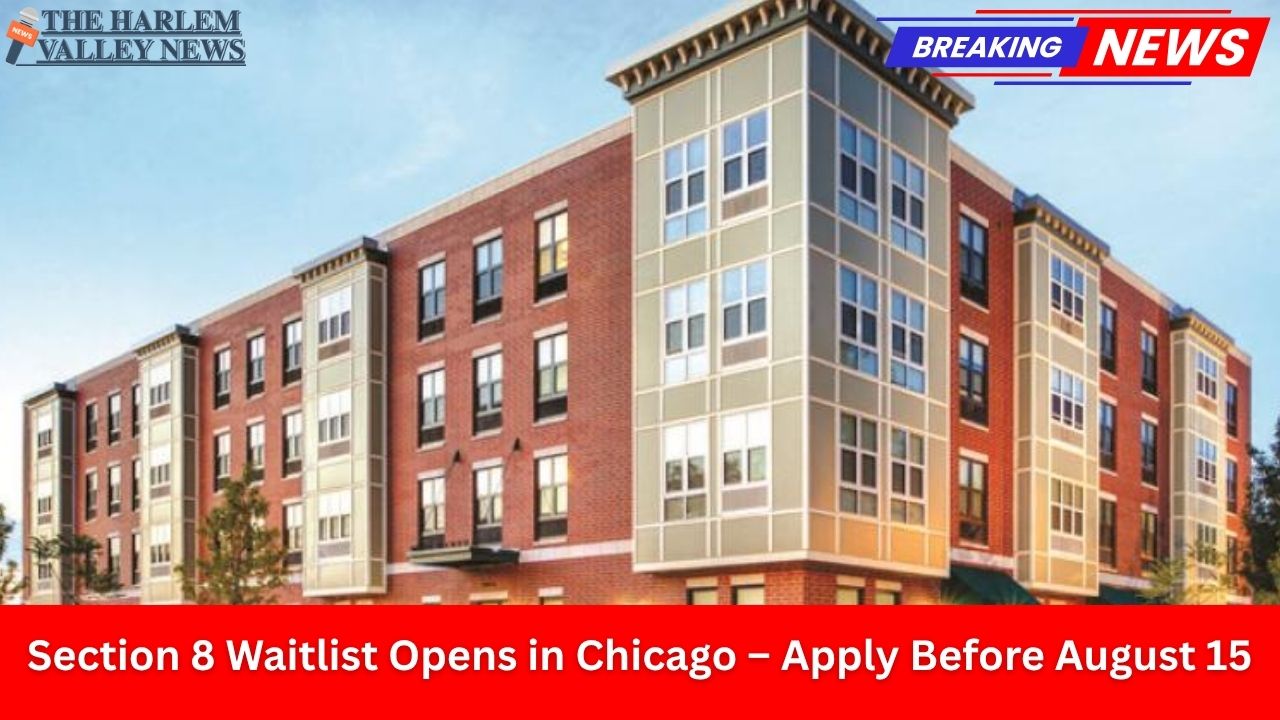As housing costs continue to challenge many across the United States, Maricopa County remains committed to ensuring residents have access to vital emergency rental assistance. Even as federal pandemic-era programs come to an end, Maricopa County has rolled out new initiatives to help individuals and families experiencing financial hardship secure stable housing and prevent eviction. If you or someone you know is struggling to pay rent, it’s important to understand what support is available, who is eligible, and how to successfully apply for assistance.
Who Qualifies for Emergency Rental Assistance in Maricopa County?
The emergency programs prioritize those at greatest risk of homelessness or housing instability. However, eligibility rules vary depending on the specific assistance sought. Here’s an overview of core criteria and qualifying income limits for Maricopa County’s main emergency rental aid programs. Note that residents of Glendale, Mesa, and Phoenix must apply to city-specific programs.
| Household Size | 50% Area Median Income (AMI) | 80% Area Median Income (AMI) |
|---|---|---|
| 1 | $32,750 | $52,400 |
| 2 | $37,400 | $59,850 |
| 3 | $42,100 | $67,350 |
| 4 | $46,750 | $74,800 |
| 5 | $50,500 | $80,800 |
| 6 | $54,250 | $86,800 |
| 7 | $58,000 | $92,800 |
| 8 | $61,750 | $98,750 |
Income must be at or below these thresholds for eligibility. Additional factors may include a recent loss of household income, unexpected expenses such as medical bills or car repairs, or evidence of risk of homelessness (such as an eviction notice or past-due rent).
Understanding the Emergency Rental Assistance Programs
Maricopa County’s Human Services Department offers several short-term initiatives, including the Transitional Rental Assistance Program. This program is designed for those facing the most urgent housing needs, providing up to six months of rent and utility assistance for eligible applicants. Payments may cover unpaid back rent, current rent, and some utility bills, giving families a necessary cushion in times of crisis.
The funds are targeted primarily at renters who have suffered a reduction in income or unexpected financial burdens. Importantly, proof of citizenship or Social Security Number is not required for emergency rental assistance, making the process accessible to a broader range of residents.
Applicants who have previously received six or more months of support may not be eligible for ongoing emergency payments but can still access support services, including financial counseling and case management.
How to Apply for Emergency Rental Assistance
The application starts with a pre-screening process intended to quickly determine eligibility. Residents can apply online through the Maricopa County Human Services Department’s Client Portal, which guides users step-by-step in creating an account, uploading necessary documents, and tracking application status. Alternatively, you may apply in person or with a paper application through your local Community Action Program (CAP) office if you live outside Glendale, Mesa, or Phoenix.
The application requires several key documents, so it’s helpful to gather them in advance:
-
Photo identification (e.g., driver’s license)
-
Current lease agreement
-
Proof of current residence within Maricopa County (excluding the three aforementioned cities)
-
Income documentation for all adult household members covering the past 60 days
-
Documents showing a loss of income or financial hardship (such as layoff notices, reduced pay stubs, medical bills, or repair invoices)
-
Evidence of housing instability (such as an eviction notice, past-due rent bills, or lease termination)
-
The most recent utility bills if seeking utility assistance
-
Completed Landlord Verification Form, W-9, and landlord registration as a vendor (for landlord participation)
Applicants or landlords may also need to provide bank statements or other financial records if requested.
What to Expect After Applying
After submitting your application, Maricopa County’s caseworkers will review the documents and may contact you for additional information. Processing times may vary based on demand and the completeness of your paperwork. Eligible households typically receive one-time or ongoing payments made directly to landlords or utility providers to prevent eviction and maintain housing stability.
If your application is approved, the county will notify both you and your landlord of payment status. Assistance is prioritized for those living at or below 50% of the Area Median Income, with additional consideration for families with an unemployed household member or those at immediate risk of losing their housing.
Key Considerations and Additional Resources
The emergency rental assistance landscape is continuously evolving. Keep these tips in mind as you navigate the process:
-
Do not delay applying if you anticipate financial trouble—funds are limited and distributed on a first-come, first-served basis.
-
If you are denied for one program or reach a time/benefit cap, ask about other support services or programs you may qualify for, such as legal aid, counseling, or job placement.
-
Your local CAP office and nonprofit organizations within Maricopa County are also available to help with applications or provide referrals.
-
Stay engaged with your landlord; open communication can sometimes lead to payment plans or deferred rental arrangements that buy extra time while assistance is processed.
Conclusion
Emergency rental assistance remains a lifeline for many Maricopa County residents who face the threat of eviction or utility shutoff. By understanding the eligibility requirements, gathering necessary documents, and promptly applying as soon as financial trouble arises, you can access critical support to help protect your household. Even as program structures and funding sources change, Maricopa County strives to ensure renters in need can continue to find safe and stable housing in uncertain times.













Leave a Reply